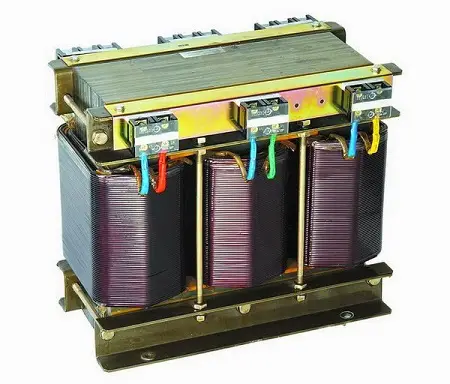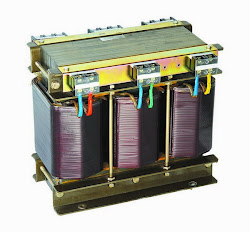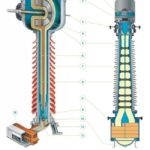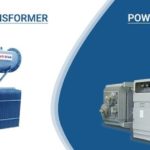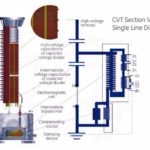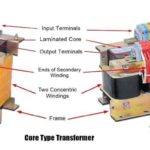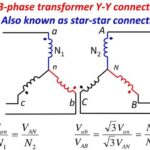The effects of voltage and frequency variation on the transformer is discussed in this article.
Usually, power transformers are not subjected to wide frequency variations. Also, modest voltage variations occur on power transformers. But it is interesting to consider their effects thereof.
Variation of voltage and frequency affects the iron losses (hysteresis and eddy current losses) in a transformer. If the flux variations are sinusoidal, then hysteresis loss (Ph) and eddy current losses (Pe) varies according to the following relations
Ph α f(φmax)x
x= 1.5 to 2.5 depending on the grade of iron used in the transformer core
Pe α f2(φmax)2
Now consider some operating condition of transformer
- If the transformer voltage and frequency changes in the same proportion
- The flux density (Bmax) will remain unchanged (V/f α φ). So the no-load current will also remain unaffected.
- The transformer can be operated safely with a frequency less than rated one with correspondingly reduced voltage. In this case, iron losses will be reduced.
- If the transformer is operated with increased voltage and frequency in the same proportion, the core loss may increase to an intolerable level.
- If the frequency is increased with constant supply voltage (V/f α φ) – Hysteresis loss reduced and eddy current loss unaffected.
Some increase in voltage could, therefore, be tolerated at higher frequencies, but exactly how much depends on the relative magnitude of the hysteresis and eddy current losses and the grade of iron used in the transformer core.
